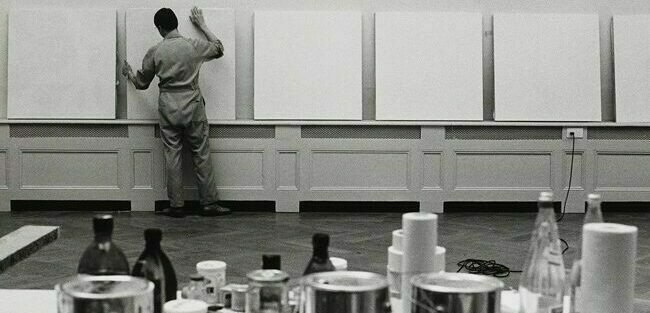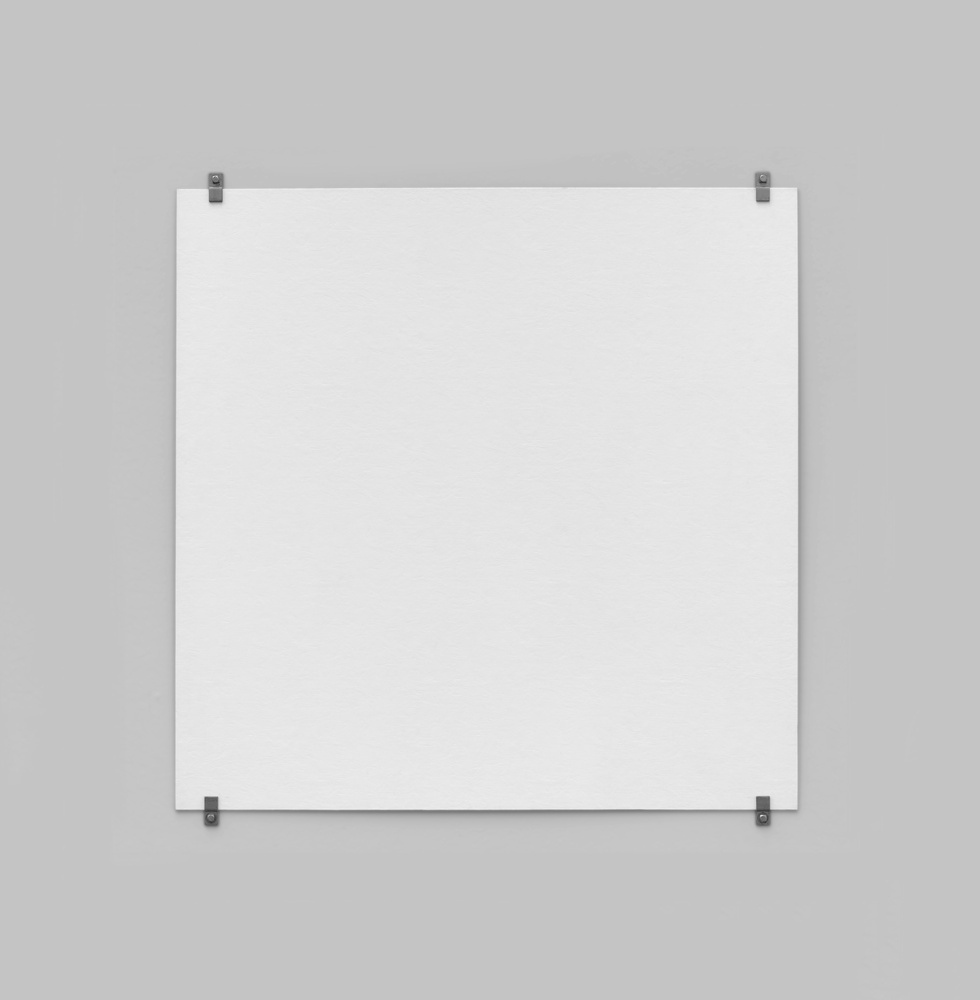Robert Ryman
Born in 1930 in Nashville, Tennessee, Robert Ryman moved to New York in 1952 where he studied with jazz pianist Lennie Tristano. In 1953, he took a position as a guard at the Museum of Modern Art to support himself. That is when he made his first paintings.
In 1955 Ryman began what he considers his earliest professional work, a largely monochrome painting titled Orange Painting. His work was first exhibited in a staff show at the Museum of Modern Art, New York, in 1958.
In 1966 Ryman’s work was included in Systemic Painting at the Solomon R. Guggenheim Museum, New York, along with twenty-eight other artists, including Ellsworth Kelly, Jackson Pollock, and Frank Stella. The artist’s first solo exhibition took place at the Paul Bianchini Gallery, New York, in 1967. Two years later, Ryman was included in When Attitudes Become Form, a seminal exhibition of works by Minimalist and Conceptual artists organized by the Kunsthalle Bern.
One of the most notable abstract artists of his generation, Ryman’s central concern was the act of painting – “there is never any question of what to paint only how to paint”. His palette was quickly limited to white and he reduced his work to a minimum, exploring scale and surface texture. This led to associations with Minimalism.

